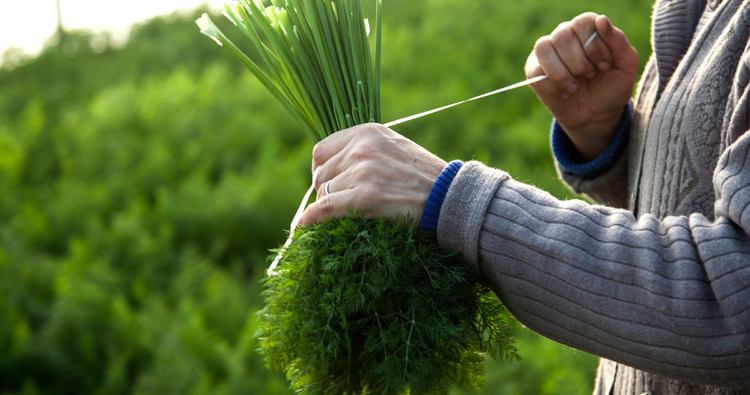What are main gender inequalities in rural Georgia?

The report points out women’s limited access to productive resources such as land and finance. Photo: N. Alavidze/Agenda.ge.
Despite the fact that women’s contribution to agricultural production is impressive, it still remains invisible and under-recognised, shows the latest report ‘Gender, Agriculture and Rural Development in Georgia’, presented by the Food and Agriculture Organisation of the United Nations (FAO).
Breeding livestock, producing crops and household goods, fetching water and firewood, housework, cooking for family, looking after children, the elderly and sick members of the family - this is the short list of rural women’s obligations in Georgia.
Georgia is primarily an agricultural country and women are crucial participants and contributors to agricultural development. Although, rural women rarely consider themselves as farmers because most of the work performed by them is considered as part of their family responsibilities. Poor infrastructure in the countryside, the low level of housing, limited access to transport and modern energy supplies increase women’s workload and time burden”, reads the report.
The report reiterates main gender inequalities in the country, namely: the gap between policies, legislation and their implementation – despite the progress made by the government of Georgia in improving gender equality policies, the enforcement and monitoring of these laws and policies remain a challenge.
The report points out to the gender gap in earnings and the gender-based segregation in employment.
Because women are usually perceived as helpers or contributing family members, they are more likely to be involved in unpaid and informal work. Women are also paid less in almost all the sectors of agriculture. On average, Georgian women earn 75% of men’s salary, what falls to 35% of men’s salary in fisheries. And usually, men prevail in higher managerial positions and better-paid jobs in agriculture, engineering and construction, where very few women are represented”, reads the report.
At the same time, this assessment emphasises women’s limited access to productive resources such as land, finance and decision-making, and more limited when compared to men – access to information, new technologies and agricultural inputs.
The report identifies the need for further research in a wide range of areas within gender, food security and agriculture areas.
 Tweet
Tweet  Share
Share